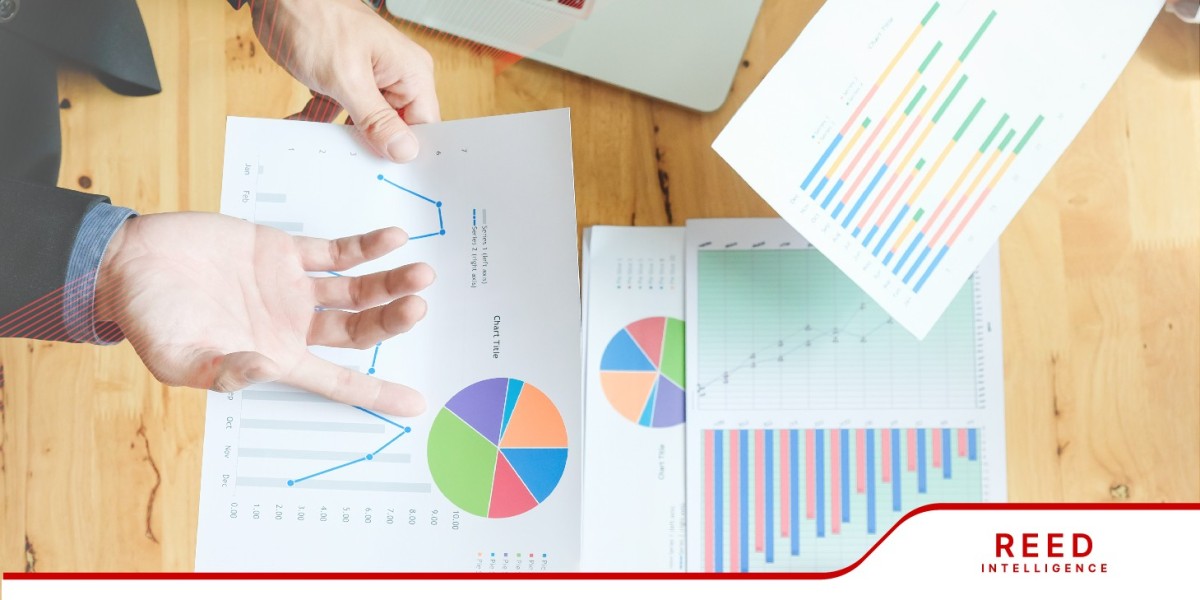In today’s knowledge-driven economy, intangible assets have become a crucial component of a company’s overall value. Unlike tangible assets like machinery or real estate, intangible assets are non-physical and include things like intellectual property, brand equity, customer relationships, and goodwill. The valuation of these assets is vital for mergers and acquisitions, financial reporting, and strategic planning. But how exactly do valuation firms determine the value of intangible assets? This article explores the methodologies and considerations that valuation firms use to assess these essential components of a business.
Understanding Intangible Assets
Before diving into the valuation process, it’s important to understand what intangible assets are. These assets are non-monetary assets that cannot be seen, touched, or physically measured. However, they hold significant value because they often contribute to a company’s competitive advantage. Common types of intangible assets include:
- Intellectual Property (IP): Patents, trademarks, copyrights, and trade secrets.
- Brand Equity: The value derived from consumer perception of the brand.
- Customer Relationships: The value associated with customer loyalty and recurring business.
- Goodwill: The excess value paid over the fair market value of net assets during an acquisition.
- Software and Databases: Proprietary software systems and databases that drive business operations.
Valuing these assets requires specialized knowledge and methodologies, which is where a professional valuation firm comes in.
The Role of a Valuation Firm
A valuation firm plays a critical role in accurately determining the value of intangible assets. These firms employ experts with deep knowledge in finance, accounting, intellectual property, and market analysis. The process typically involves a combination of qualitative and quantitative analysis to arrive at a fair market value. Here’s how valuation firms approach the task:
1. Identification of Intangible Assets
The first step in valuing intangible assets is identifying them. A valuation firm works closely with the company to identify all intangible assets, including those that may not be immediately obvious. For example, while patents and trademarks are easily identifiable, customer relationships or brand equity may require a deeper analysis to uncover their true value.
2. Choosing the Appropriate Valuation Methodology
Valuation firms use several methodologies to assess the value of intangible assets, each suited to different types of assets and business scenarios. The three most common methods are:
a. Income Approach
The income approach is one of the most widely used methods for valuing intangible assets. It involves estimating the future economic benefits that the asset will generate and then discounting these benefits to their present value. This method is particularly useful for assets like patents or customer relationships that generate direct revenue streams.
Relief from Royalty Method: This approach is a subset of the income method often used for valuing trademarks and patents. It estimates the value of an asset by determining the amount a company would have to pay in royalties if it didn’t own the asset.
Excess Earnings Method: This method is used to value intangible assets that contribute to the overall earnings of a business, such as customer relationships. It involves calculating the earnings attributable to the intangible asset after deducting the return on tangible assets.
b. Market Approach
The market approach involves comparing the intangible asset to similar assets that have been sold or licensed in the marketplace. This method is particularly useful when there are active markets for similar assets, such as software licenses or trademarks.
- Comparable Transactions: Valuation firms look at recent transactions involving similar intangible assets to estimate the value. This method requires a robust database of comparable sales and deep market knowledge.
c. Cost Approach
The cost approach estimates the value of an intangible asset based on the cost to recreate or replace it. This method is often used for internally developed software or databases where the cost to develop the asset can be reasonably estimated.
Reproduction Cost Method: This method estimates the cost to create an exact replica of the intangible asset.
Replacement Cost Method: This approach estimates the cost to create a similar asset with equivalent utility, but not necessarily identical characteristics.
3. Quantifying the Value
Once the appropriate method is chosen, the valuation firm begins the process of quantifying the value. This involves detailed financial modeling, market analysis, and the application of the selected valuation method. Key factors considered during this phase include:
- Revenue Projections: Estimating the future revenue that the intangible asset is expected to generate.
- Discount Rates: Applying an appropriate discount rate to account for the risk associated with the future revenue streams.
- Market Comparisons: Using market data to validate the valuation estimates.
4. Consideration of Market and Industry Factors
Valuation firms also consider external factors that could impact the value of intangible assets. This includes the industry’s competitive landscape, regulatory environment, and economic conditions. For example, a patent in a rapidly evolving tech industry may have a shorter useful life, impacting its valuation.
5. Review and Reconciliation
After applying the chosen methodology and conducting a thorough analysis, the valuation firm reviews and reconciles the findings. This step ensures that the valuation is consistent with market realities and aligns with the company’s financial objectives.
6. Reporting and Documentation
The final step in the valuation process is reporting. Valuation firms provide a detailed report that outlines the methodologies used, the assumptions made, and the final valuation conclusion. This report is crucial for supporting the valuation in financial reporting, litigation, or transactions.
Why Accurate Valuation of Intangible Assets Matters
The accurate valuation of intangible assets is vital for several reasons:
Mergers and Acquisitions: Intangible assets often represent a significant portion of a company’s value during M&A transactions. A precise valuation ensures that both buyers and sellers have a clear understanding of what is being exchanged.
Financial Reporting: Companies must accurately report the value of intangible assets on their balance sheets to comply with accounting standards.
Strategic Decision Making: Understanding the value of intangible assets helps companies make informed decisions about investments, licensing, and business strategy.
Litigation and Dispute Resolution: In cases of intellectual property disputes or shareholder disagreements, a well-documented valuation by a reputable valuation firm can provide crucial evidence.
Conclusion
Intangible assets are a critical yet complex component of a company’s value. Valuation firms play a pivotal role in accurately assessing these assets using a combination of methodologies and expert analysis. Whether it’s for mergers and acquisitions, financial reporting, or strategic planning, a professional valuation firm provides the expertise needed to ensure that the value of intangible assets is fully recognized and accurately represented.
When choosing a valuation firm, it’s important to select one with a proven track record, deep industry knowledge, and the ability to tailor their approach to the unique characteristics of your intangible assets. Accurate valuation is not just about numbers; it’s about understanding the true value that intangible assets bring to a business.








